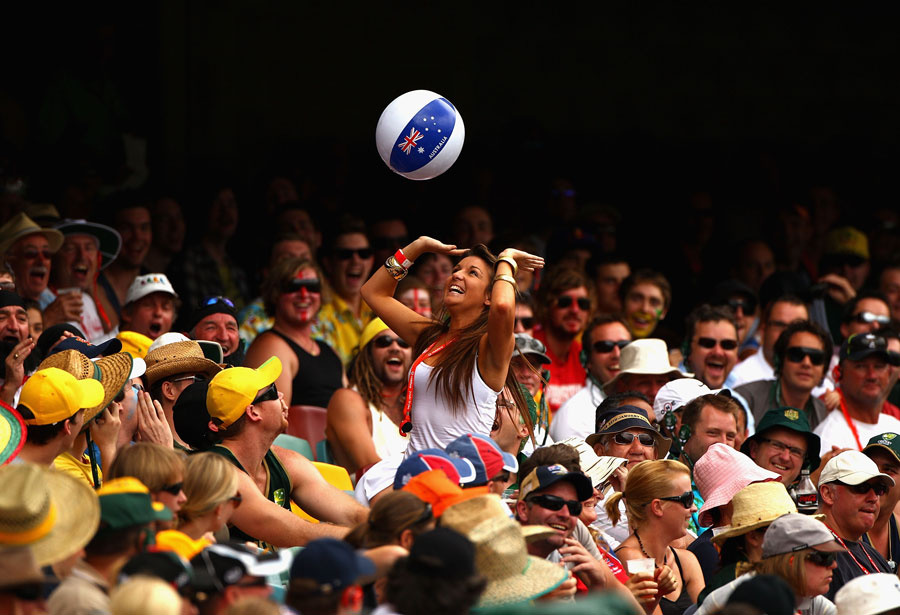One of the reasons I don’t coach is I really don’t think I know enough to advise people specific strategies. I do know what worked and didn’t specifically for me. I also know the general principals but as Dr Ludwig says “we aren’t toaster ovens” or more accurately we aren’t a machine with a narrow range of expected outputs given fixed inputs.
The problem is that we are a homeostatic system - kind of like a plane on autopilot. What we are trying to do is maneuver the system away from deranging storms by changing the autopilots heading and expecting it to correct itself and fly right once it hits calmer weather.
You can just grab the joystick and manhandle the system to go where you want to - this is the weight watchers approach … count calories, use tricks to restrict your caloric intake, eat non-caloric fillers instead of foods, take more steps in the day, walk the dog more, take a spin class, go for a run even when you don’t really want to. The result of fighting the autopilot is that it fights back as it tries to get us back on our original heading,
The general principal of a ketogenic diet for weight loss is that we want to change our autopilot’s heading by lowering insulin exposure over time (that’s the magic in a keto diet - low insulin). Insulin is a giant lever that determines how much stored energy we are going to reserve - and our autopilot then budgets how hungry we’re going to be, how much we will want to go for a run (or otherwise productively consume energy).
OK so after all that generic stuff - I can come up with some specific strategies. Every time we eat, we raise insulin a little or a lot depending on what we eat. It’s like a bored crowd at the cricket playing with a beachball, it stays up in the air because every time it looks like it’s dropping someone pokes it and up it goes again.
In @Susan777’s case she wakes in a fasted state (low insulin) and has a BPC - now even tho that’s mostly fat just putting food in her stomach will trigger some insulin secretion + there will be a little from protein if she has Cream in the BPC. OK so now she is off to the races, she is in a fed state. 3 hours later her insulin is dropping and it’s almost time for lunch. An average avocado ( https://ndb.nal.usda.gov/ndb/foods/show/2156 ) is roughly 17g carbs with 13 fibre … so it’s 4g of sugar or starch, and 4g of protein. We’ll ignore the sausage for now because that could be anything. That is going to get that insulin beach ball aloft again.
3 hours later, insulin is starting to drop and it’s time for a snack - Some nuts are worse than others but for the sake of argument let’s say they are mixed nuts including peanuts ( https://ndb.nal.usda.gov/ndb/foods/show/3675 ) and lets say a handful is 1 ounce (roughly a dozen nuts) so that is 6.4g carbs - 1.8g fibre = 4.6g of carbs + 5.3g of protein. Spike that insulin beach ball up again.
3 hours later dinner time and let’s say a 6oz porterhouse (https://ndb.nal.usda.gov/ndb/foods/show/3905) 47g of protein, and say a cup of broccoli ( https://ndb.nal.usda.gov/ndb/foods/show/2872 ) 5.6g carbs - 2.6g fibre = 3g sugar or starch + 1.9g protein. So we spike the beach ball again.
If the desserts are almost immediately then they will be the same spike of the beachball … but if that is an hour after the main meal … that would be an additional spike.
OK so what does that all add up to? From the time she wakes until (let’s say) 3 hours after dinner her beach ball is aloft. The amount of time during the day that the autopilot is set to store energy is roughly 16 hours with 8 hours (while she’s asleep) to use energy.
OK so how do we bend the needle of that homeostatic auto-pilot?
The first thing is when you wake are you really hungry? Don’t eat breakfast because it’s “breakfast time” - eat when you are hungry. Maybe you’re not actually hungry till mid morning, you can probably still make a BPC at work.
BPC is a lot of calories (with a small insulin hit) most people after a BPC aren’t hungry for 5-6 hours, some don’t get hungry until dinner time. But if you are hungry in the middle of the day, eat. If you are not hungry, don’t eat just because it’s “lunch-time”. Like Breakfast time, Lunch time is a myth invented by the food industry.
If you feel like snacking through the day, are you actually hungry? Then eat something. Nuts are fine, almonds or macadamias are the least insulinogenic. But @meganjramos from the IDM clinic says if you need to eat a hand full of nuts for a snack, it means you didn’t eat enough for the meal beforehand - eat nuts as part of a meal not as a treat.
Finally for dinner, Sarah Hallberg says “make sure you add fat to vegetables” a knob of butter or a teaspoon of olive oil over that broccoli, and make sure you salt your meal well.
So as a strategy I would try delaying breakfast till hungry, keep that beach ball down for as long as you can. If you have a BPC see how many hours go before hunger hits - it may surprise you. Try every other day eating bacon and eggs for breakfast with plenty of butter and salt - you might find that that is even more satiating. Experiment - find out what your body is telling you it wants through hunger signals. The longer you stay not hungry, the more your body was needing whatever it was that you just gave it.

